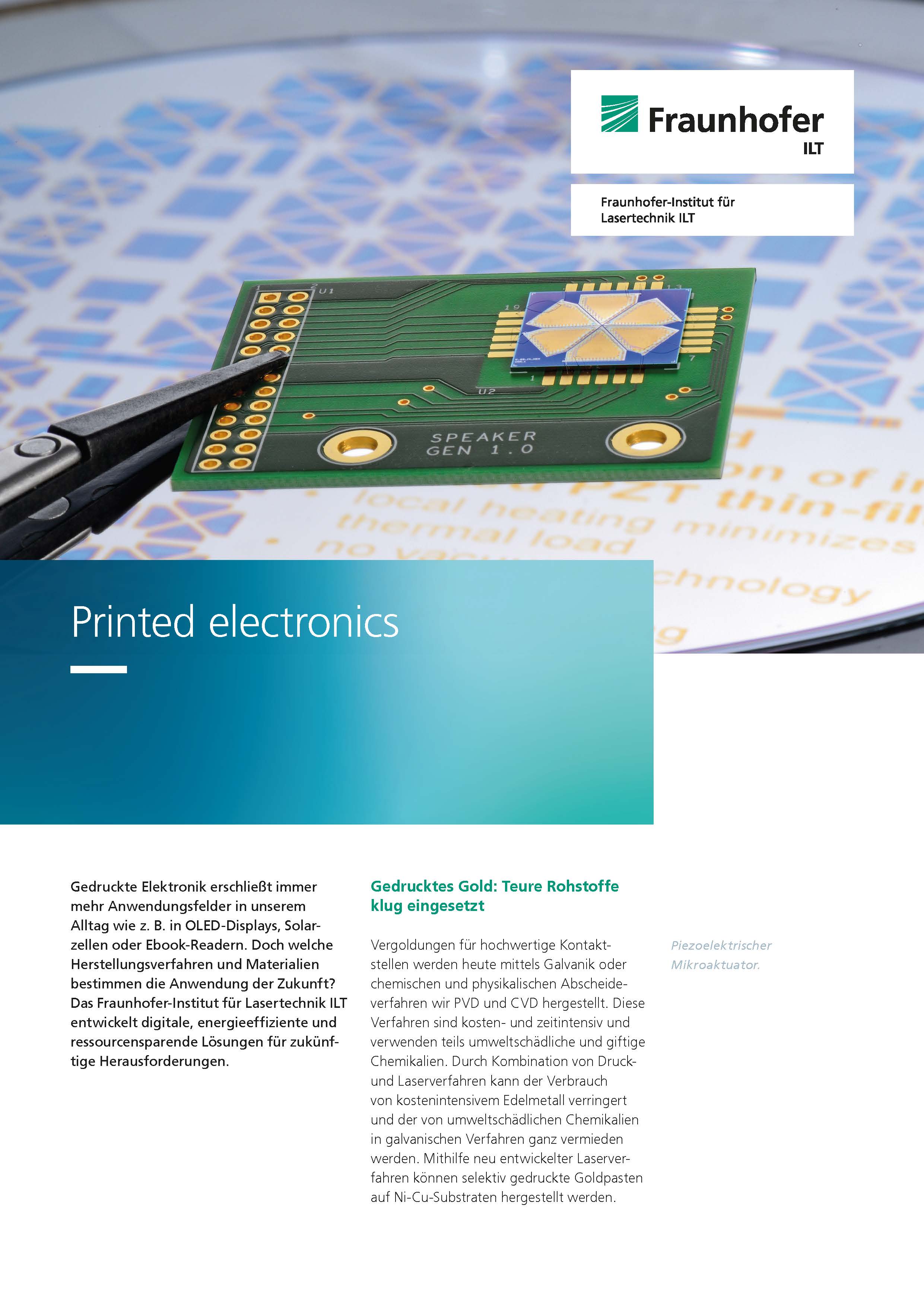The Fraunhofer Institute for Laser Technology ILT is one of the most important development and contract research institutes in laser development and application worldwide. Its activities encompass a wide range of areas such as developing new laser beam sources and components, laser-based metrology, testing technology and industrial laser processes. This includes laser cutting, ablation, drilling, welding and soldering as well as surface treatment, micro processing and additive manufacturing. Furthermore, Fraunhofer ILT develops photonic components and beam sources for quantum technology. Overall, Fraunhofer ILT is active in the fields of laser plant technology, digitalization, process monitoring and control, simulation and modeling, AI in laser technology and in the entire system technology. We offer feasibility studies, process qualification and laser integration in customized manufacturing lines. The institute focuses on research and development for industrial and societal challenges in the areas of health, safety, communication, production, mobility, energy and environment. Fraunhofer ILT is integrated into the Fraunhofer Gesellschaft.

 Fraunhofer Institute for Laser Technology ILT
Fraunhofer Institute for Laser Technology ILT